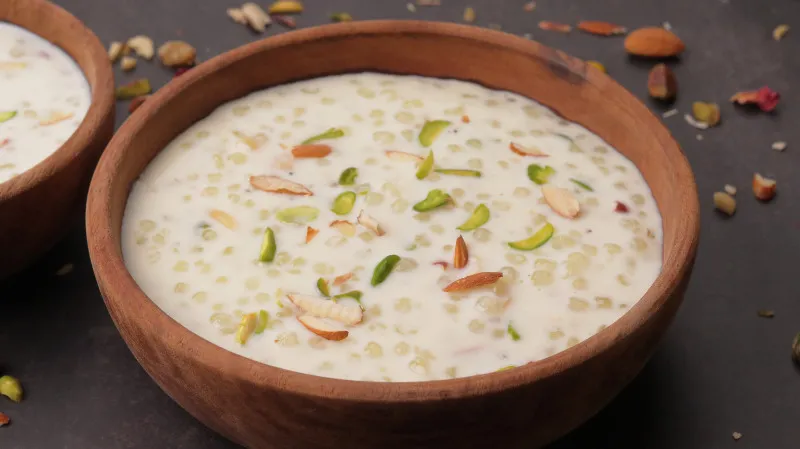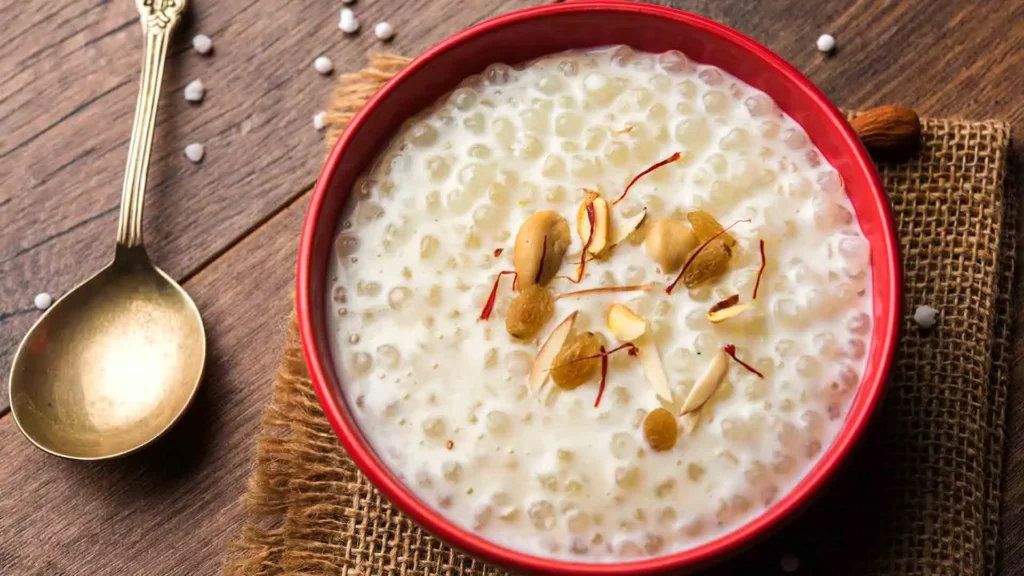


Sabudana, also known as tapioca pearls, is a common food item in Indian cuisine. It is made from the starch extracted from the roots of the cassava plant and is often used to make dishes like khichdi, vada, and kheer. While it is a popular food item in India, there is a debate over whether sabudana is good for weight loss or not. In this article, we will explore the various aspects of sabudana and its effects on weight loss.
Sabudana is made from the starch extracted from the roots of the cassava plant. The starch is processed to form small, pearl-like balls that are used in various dishes. Sabudana is a rich source of carbohydrates and is low in fat and protein. It is also gluten-free, making it a popular food item for those who are allergic to gluten.
As per information provided by the U.S. Department of AgricultureTrusted Source, one cup of sabudana has:
Sabudana is a preferred food option for sick people, as it is easy to digest property and provides rapid energy. It is also established that sabudana may have cooling properties for our digestive system, and hence sabudana-gruel is recommended for people having excess bile secretion.

The debate over whether sabudana is good for weight loss or not is a complicated one. While sabudana is low in fat and protein, it is also high in carbohydrates. One cup of sabudana contains approximately 544 calories and 135 grams of carbohydrates. This high carbohydrate content can cause a spike in blood sugar levels, which can lead to weight gain.
However, sabudana is also rich in fiber. One cup of sabudana contains approximately 2.4 grams of fiber, which can help to keep you feeling full for longer periods. This feeling of fullness can help to reduce overall calorie intake, leading to weight loss.
Additionally, sabudana is also a good source of vitamins and minerals. It contains vitamin B, calcium, and iron, which are essential for maintaining good health. These nutrients can also help to boost your metabolism, which can aid in weight loss.
Overall, whether sabudana is good for weight loss or not depends on how it is prepared and consumed. If sabudana is consumed in large quantities, it can lead to weight gain. However, if it is consumed in moderation as a part of a balanced diet, it can aid in weight loss.
If you want to include sabudana in your diet for weight loss, it is essential to prepare it in a healthy way. Here are some tips to help you prepare sabudana for weight loss:
While it may not be an ideal choice for weight loss, it does offer some health benefits. Here are some potential health benefits of eating sabudana:
he amount of sabudana you should eat depends on various factors, such as your age, gender, activity level, and overall health status. In general, it’s recommended to consume sabudana in moderation as part of a balanced diet.
Since sabudana is high in carbohydrates, it’s important to be mindful of portion sizes to avoid consuming too many calories. One serving size of cooked sabudana is usually around 1/2 cup or 100 grams, which contains approximately 100-150 calories.
Sabudana is often used in recipes along with other ingredients, which can increase the calorie and nutrient content of the dish. If you’re trying to watch your calorie intake, it’s important to consider the overall calorie content of the dish and be mindful of portion sizes.
If you have any specific health concerns or dietary restrictions, it’s recommended to consult with a healthcare professional or a registered dietitian to determine the appropriate amount of sabudana or other foods to consume based on your individual needs.
You can eat Sabudana every day as it does not cause any side effects. But you should stay physically active with some simple exercises, such as swimming, playing sports, walking, jogging, etc. People who want to lose weight should avoid its intake daily because it is high in calories.
If you’re looking for alternatives to eating sabudana, here are some options:
One cannot rely on sabudana alone for losing weight. Health experts have weighed on this. Sabudana is stacked with carbs and have little fat and protein. Along with this, sabudana cannot be assumed as standalone food item. You have to mix sabudana with other food items. Sabudana does not have a fixed taste. Hence, it depends on the food item that you mix with sabudana on calorie intake.
Is Chicken Good For Weight Loss? A Guide For Meat Lovers
Cold Shower Weight Loss: Benefits And Tips
What Is The Daily Running Distance Required For Weight Loss?
Role Of Vitamins For Weight Loss And Metabolism
Sabudana can be a part of a healthy weight loss diet if consumed in moderation. While it is high in carbohydrates, it is also rich in fiber, vitamins, and minerals. Sabudana can help to keep you feeling full for longer periods, reduce overall calorie intake, and boost your metabolism. However, it is essential to prepare sabudana in a healthy way to reap its weight loss benefits. By soaking sabudana, using healthy cooking methods, adding vegetables, and avoiding sweeteners, you can enjoy sabudana as a healthy addition to your diet.